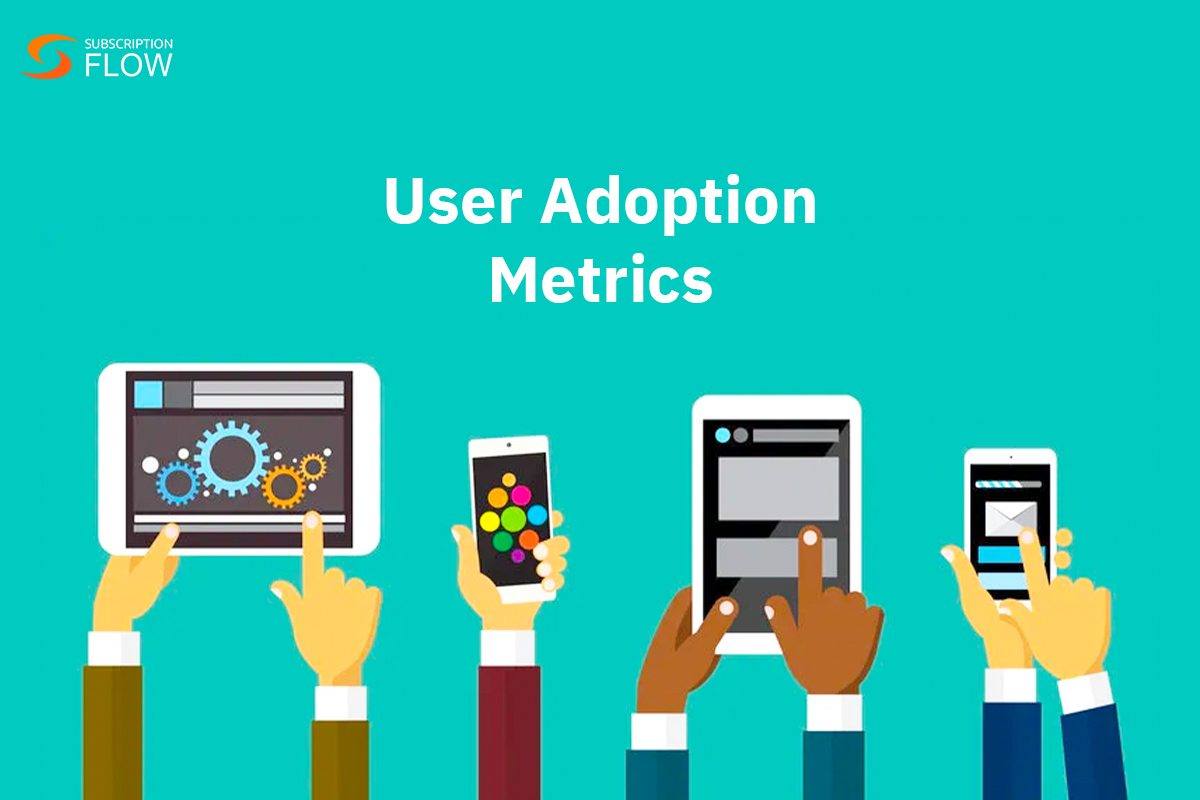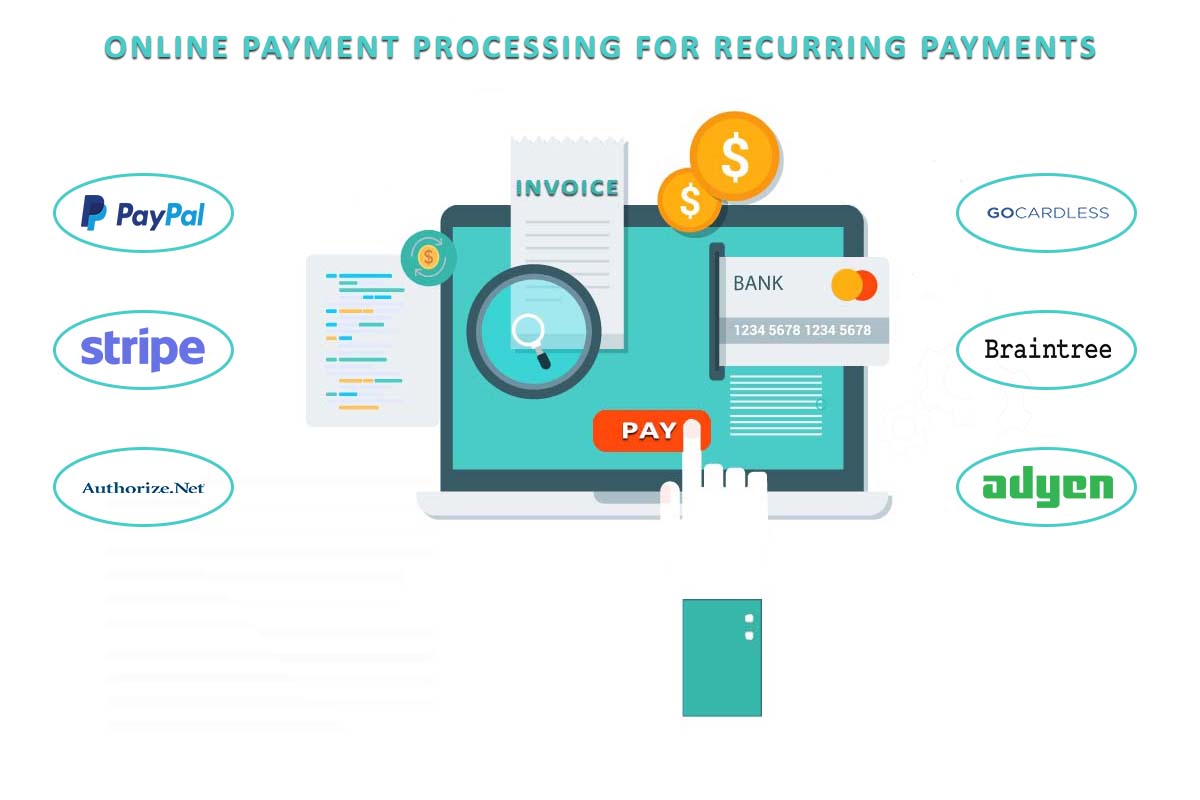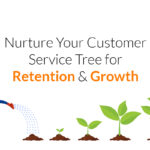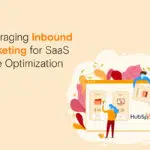
Boosting the Rate of Product Adoption through User Adoption Metrics
In today’s world, creating a product that people adore requires ongoing optimization and enhancement. Sustainable growth can be achieved by fine-tuning your product to meet the demands and expectations of your customers.
This is why it is crucial to put time and money into making adjustments that will enhance your user experience. The best ways to find those opportunities are through data, behavior, and product analytics.
One such way is that of user adoption metrics. By having clear cut SaaS user adoption metrics with the help of user adoption metrics examples, you can see how to leverage these for the betterment of your business. In this blog, while keeping all this information and its relevant context in mind, we will firstly be going over defining what exactly are user adoption metrics, what are some KPIs and/or metrics and that you can use to gauge the adoption rates of your product, and finally, how does SubscriptionFlow help you achieve all of that as part of its subscription management suite of tools.
What is user adoption?
User adoption happens when a user starts using your product as intended and realizes the full potential of the tool. Usually, the last step in converting a lead into a customer is product adoption. In addition to acquisition, it also includes retained and activated users.
Measuring user adoption occurs after a user completes a specific task. That action, though, differs depending on the platform. Basically, the behavior ought to demonstrate that the customer is benefiting from your product.
Read more: Mastering Product Adoption KPIs: A Roadmap to Sustainable Growth
Why is user adoption important?
The reason why these metrics become important is because you can gain more insight into how you interact with your audience and customers by tracking product and user adoption. Should you solely monitor surface-level metrics like sign-ups or acquisitions, you may be overlooking important data regarding the level of user engagement. Users who are dissatisfied or underserved may go unnoticed by you or switch to a competitor before you notice they are not interested.
That said, here are a few key points that illustrate the specific importance of having robust KPIs with which to measure your product’s user adoption:
1. Elevated Customer Lifetime Value: This is an important metric to monitor because it shows you how much you spend on each customer who commits to using your product and how valuable they are to your company. It can assist you in understanding how product adoption impacts sales and highlight areas in which your marketing needs to be more focused.
2. Lowers customer attrition: When consumers do not receive the value they anticipated from a product, they frequently become dissatisfied and leave. When they begin to lose interest in the product, you will be able to identify it with the correct analysis tools.
3. Improves assessment of the audience: You can find out if your marketing and sales efforts are reaching the right audience by tracking product and user adoption. You can also find new ways to retain acquired customers satisfied with your product and engaged on your platform.
Some KPIs to Use to Gauge Your Product’s Adoption Rates:
When it comes to figuring out how effective your user adoption strategy is, you don’t have to guess.
To help you make more data-driven decisions, here are some metrics and key performance indicators (KPIs) to keep an eye on. They can reveal the specifics of your user adoption rates.
1. Rate of product adoption: This measure establishes how well-liked your product is with potential buyers. You can determine how many of your new customers have embraced the product and regularly use it by computing the product adoption rate.
2. The net promoter score: You should track the net promoter score (NPS) as a key performance indicator. NPS enables you to determine the proportion of consumers who would suggest your product to others. assuming that they have not only embraced its use but are also extremely happy with it.
Since NPS gauges customer satisfaction across the board, it presents a great chance to interact with customers with varying scores and modify your approach to user adoption.
3. Total number of active users every day/month: This is a broader metric that provides you with an understanding of how many users are active for a given amount of time.
This can assist you in ascertaining the current number of users who have adopted your product. The majority of companies use this to estimate product adoption, however it also must be said that there is room for improvement in this metric.
4. Mean amount of time spent utilizing the feature or product: The average amount of time a user spends interacting with your product or feature is another metric that concentrates on the use case. This metric, also known as breadth of use, can assist you in determining the extent to which users are using your product and the characteristics of various adoption levels.
5. Retention rate: The retention rate is a broad indicator that you can monitor to comprehend your product adoption overall. Retention is a crucial metric for companies that rely on subscription models, like SaaS, as it indicates whether or not customers are utilizing your product on a monthly basis.
Read more: How Product Adoption Metrics Give Your SaaS Business Transformative Powers
How can SubscriptionFlow help you measure your rate of product adoption?
With the powerful tool SubscriptionFlow, you can monitor and maximize your rate of product adoption. You can determine which features are most valuable to your users, which ones require improvement, and which ones are underutilized by using SubscriptionFlow to measure your product adoption rate. You can even build unique user segments with SubscriptionFlow by taking into account their feedback, preferences, and behavior. After that, you can track how each market group uses the features of your product and evaluate how quickly each adopts new features. Additionally, SubscriptionFlow gives you practical advice on how to boost your product adoption rate, including how to start focused campaigns, give incentives, or create tutorials.
Book a demo with SubscriptionFlow now to start measuring your product’s adoption rate!










